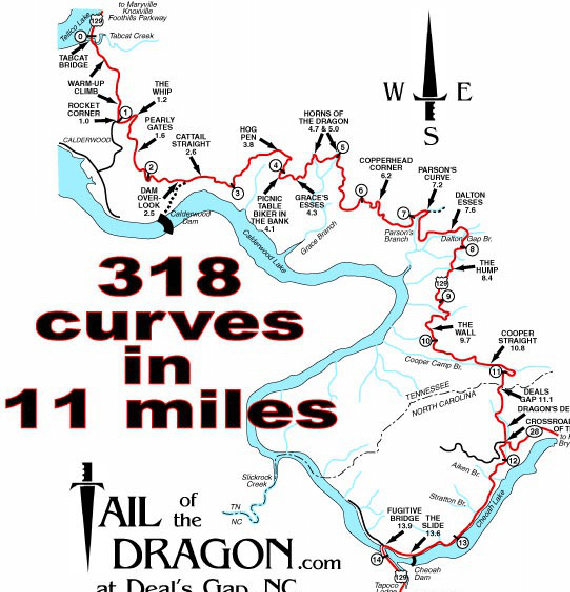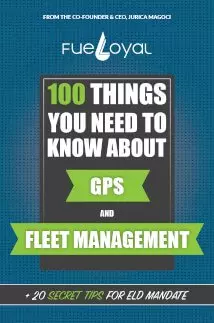Second, most highways were not designed with the needs of the trucking industry in mind (though that is starting to change).
It is understandable that terrain and cost are the two driving factors when highways are designed. Then lobbyist and governments (federal, state, and local) add other restrictions and/or requirements.
All of which is good for those who are wishing the best route to get to where they are going.
Every year the DOT (Department of Transportation) and other organizations post list of the most dangerous highways in The USA. So, after some careful research of various sources common consensus says these are a few of America’s worst roads. The 13 roads we will review are:
- I-10 in Arizona
- I-95 in Connecticut
- Dalton Highway in Alaska
- Highway 2 in Montana
- Highway 550 in Colorado
- California & Arizona’s I-15
- California’s Route 138
- I-285 in Georgia
- I-26 in South Carolina
- US 431 in Alabama
- US 24 Fort Wayne to Toledo
- US 6 in Utah
- US 129 in North Carolina
1. I-10 in Arizona
I-10 is part of the original Interstate Highway network, which runs 2460 miles (3959 km, that started in 1956 and was completed in 1990.






